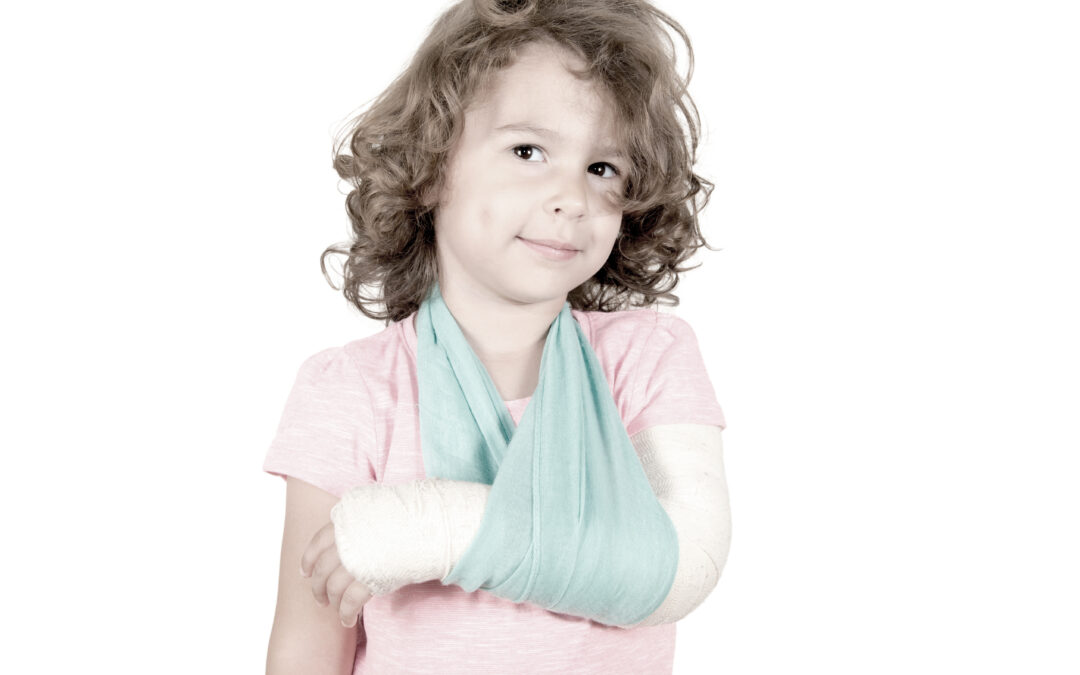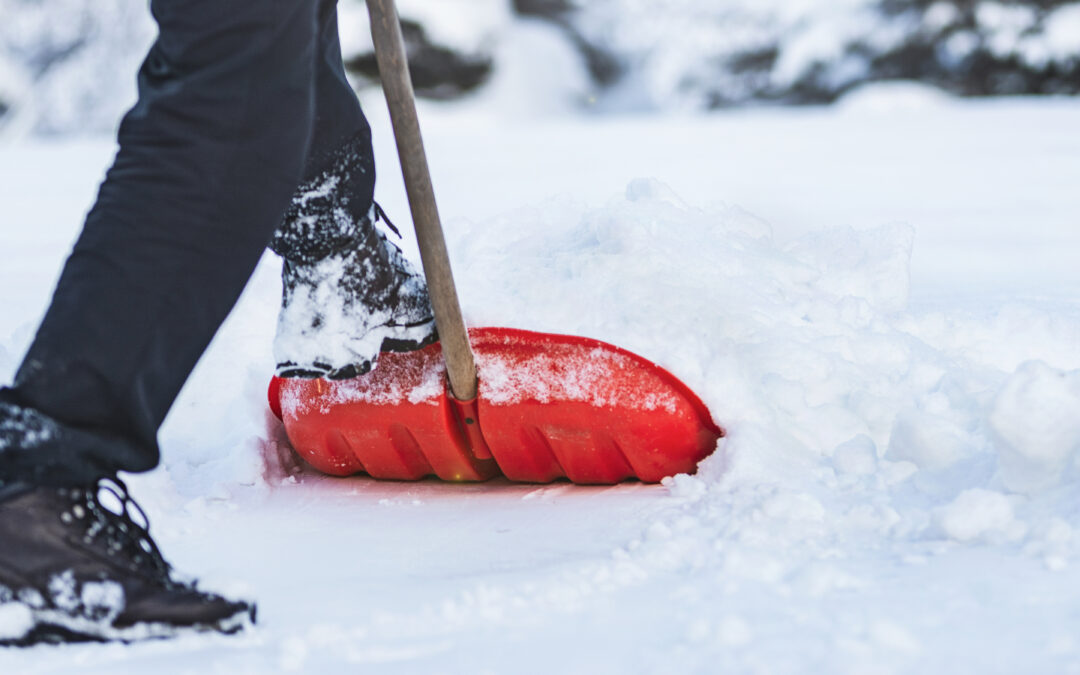
by Comprehensive Orthopaedics | Feb 4, 2020 | pain, Wellness
TUESDAY, Jan. 28, 2020 (HealthDay News) — Fiberglass and plaster casts are widely used to treat broken bones in kids, but they have drawbacks compared with other methods such as braces and splints, experts say. Doctors and patients should review the available...

by Comprehensive Orthopaedics | Feb 4, 2020 | pain, Spine, Wellness
SATURDAY, Feb. 1, 2020 (HealthDay News) — Almost everyone gets stuck shoveling snow at some point during the winter. To prevent back pain and strain, one spinal expert has some advice. Orthopedic surgeon Dr. Srinivasu Kusuma, from the University of Chicago...




